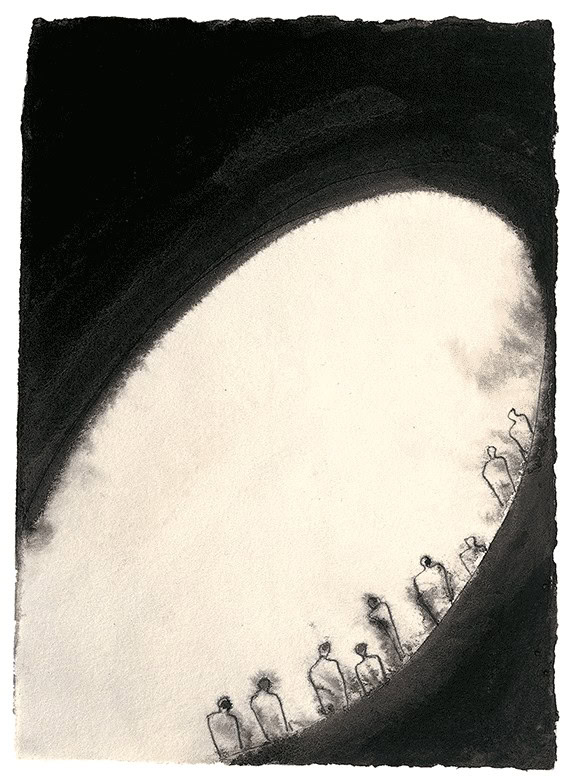
Ouverture Spirituelle · Lux Aeterna
‘Let there be light!’ It’s with good reason that the Genesis creation myth yokes the beginning of all life on earth to the end of darkness. Hardly any other symbol possesses such equally archaic and palpable power. Light imparts brightness, warmth and comfort, but also stands for reason, enlightenment — and God’s eternal glory, which outshines all suns.
Its bright arc is visible in the rays of each new morning and spans from our very first glimpses of the world to the comforting transcendental glow that may appear in our final moments. In Joseph Haydn’s The Creation it is a big bang in C major, while ‘Brother Sun’ and ‘Sister Moon’ are voiced by a cello and choir in Sofia Gubaidulina’s The Canticle of the Sun, inspired by Francis of Assisi. Olivier Messiaen portrays ‘lightning over the beyond’ in a work that was only premiered posthumously, Giacinto Scelsi lets glistening tone clusters resound from the organ, and John Cage tries to capture the movement of light in an empty room on film.
Needless to say, we feel an even more urgent need for light in our darkest moments, or in the face of death — and without darkness, there is no light. This light is transmuted into sound in music for funeral rites from the Renaissance through to the present, in works for Holy Week and its Tenebrae services, or in the Stabat Mater. Claude Vivier meditates on human suffering two years before his brutal murder, while Gérard Grisey imagines crossing the final threshold. For the terminally ill Derek Jarman narrating his last film Blue, only this one colour remains.
Light is a promise, a gift, an achievement — or an intangible hope that keeps receding. The power of light, however, endures for aeons: lux aeterna.
Walter Weidringer
Translation: Sebastian Smallshaw
